Fishing: Tackle Loaner
Monday, June 2nd, 2014This is Passport to Texas
June 7 is National Free Fishing Day. Yet, when you fish in state parks – once you pay your entrance fee –fishing is always free. If you’re new to angling, though, you may not have tackle. But we do. And…we’ll share.
07— Many of our state parks that have water for fishing, have fishing poles that people can borrow.
Caleb Harris is an aquatic education training specialist. He says it’s easy to borrow rods, reels and tackle boxes with hooks, sinkers and bobbers.
09— [Just] sign a paper that says they’ll bring the fishing poles back, and they can borrow the fishing poles for up to a week, sometimes, as they’re camping in the park. Or, if they just come for the day, they can borrow them and return them back to the park.
You are, however, responsible for your own bait. Even so – what could be easier than fishing in state parks with borrowed tackle?
04— If people are interested in getting into fishing, we try to make that accessible as much as possible.
Find state parks with fishing opportunities and tackle loaner programs when you log onto the Texas Parks and Wildlife website.
The Wildlife and Sport Fish Restoration program supports our series and is funded by your purchase of fishing and hunting equipment and motorboat fuel.
For Texas Parks and Wildlife, I’m Cecilia Nasti.
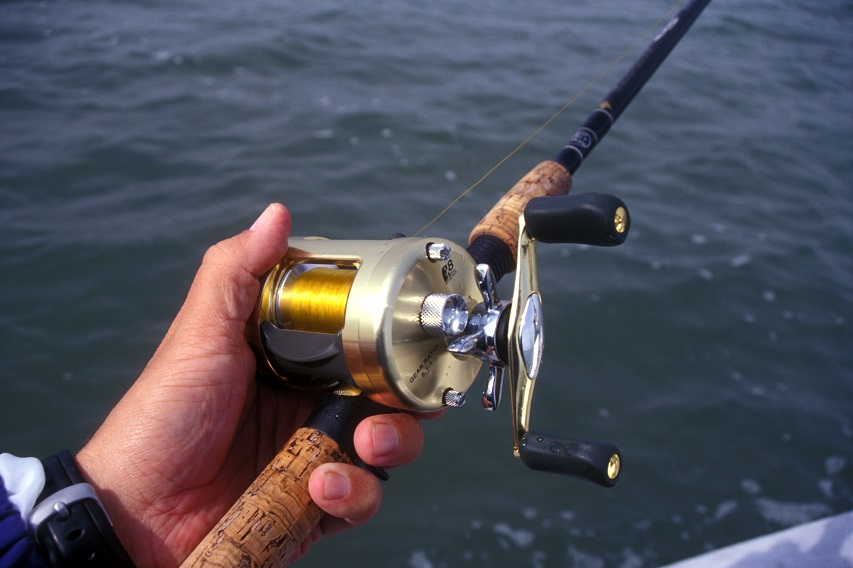

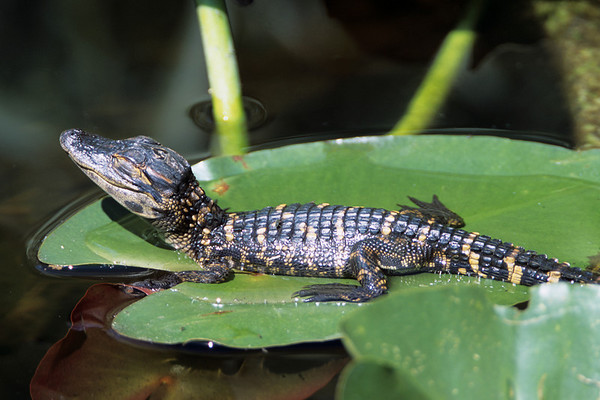
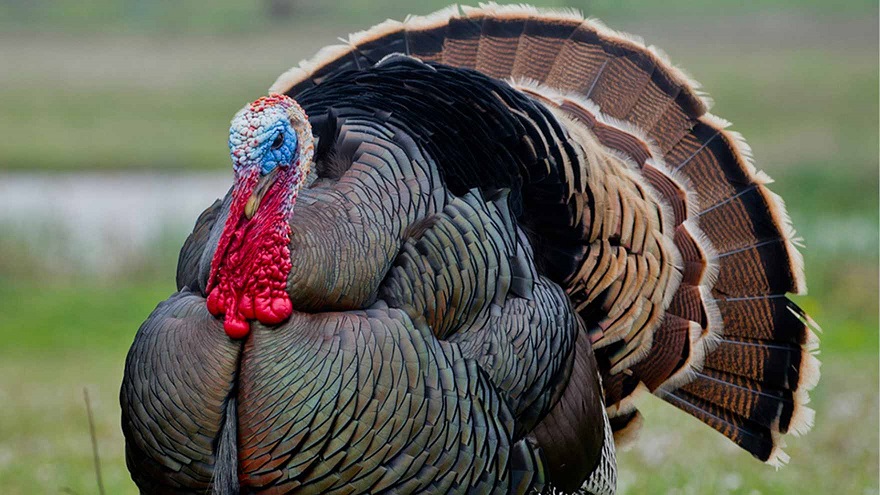
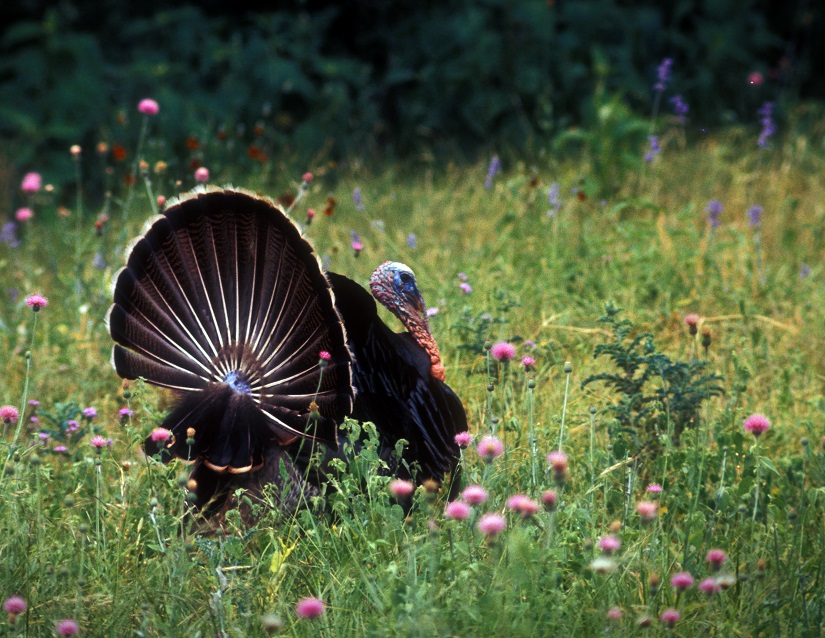
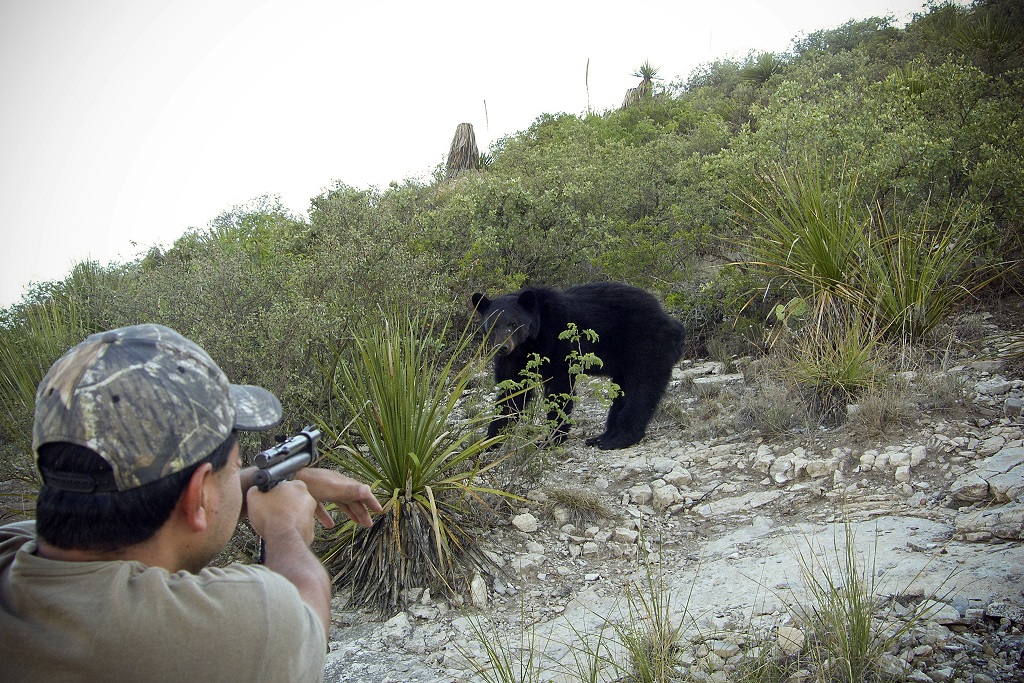

 Passport to Texas is a
Passport to Texas is a  Passport to Texas is made available by:
Passport to Texas is made available by: